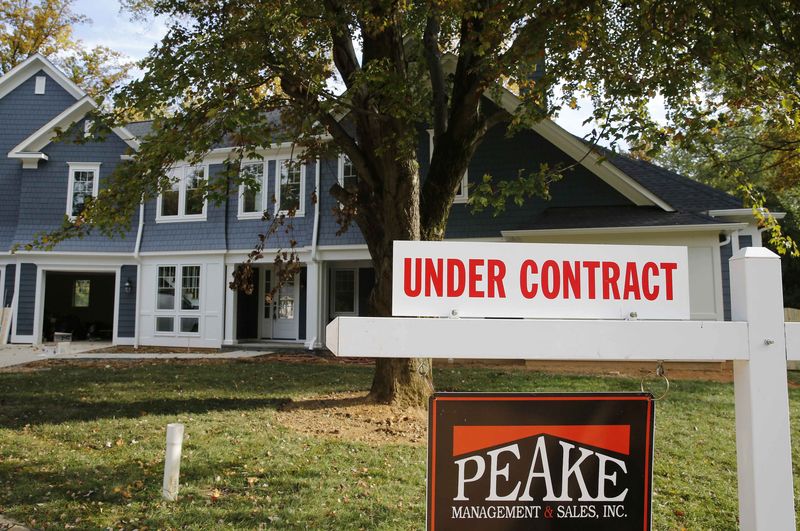By Geoffrey Smith
Investing.com -- U.S. house prices fell for the first time in two years in July, as the market underwent a "forceful deceleration" due to rising borrowing costs and a slump in consumer confidence.
The national index of house prices compiled by the Federal Housing Finance Agency fell 0.6%, its first monthly decline since May 2020 and only the second drop in over a decade. Meanwhile, the leading private-sector assessment of price movements, published by S&P Global, fell 0.4%, the first monthly decline in that series since 2017.
“Although U.S. housing prices remain substantially above their year-ago levels, July’s report reflects a forceful deceleration,” Craig J. Lazzara, Managing Director at S&P DJI said in a statement.
The figures are a confirmation of an increasingly clear slowdown in the housing sector, which boomed as the pandemic triggered a sharp drop in interest rates that fueled a rush for homes suited to remote working.
Those processes are now going firmly in reverse, with the Federal Reserve hiking rates aggressively and leading employers from Silicon Valley to Wall Street putting increasing pressure on workers to return to the office.
Prices are still ahead of their pre-pandemic levels, however, and even after July’s price drops are up by well over 10% from a year ago by either measure. The FHFA's price index was up 13.9% on the year, while the non-seasonally adjusted S&P figure was up 16.1% - the slowest it's been in over a year. S&P's Lazzara noted that year-on-year growth slowed in all 20 of the major metropolitan markets covered by its index.
"Demand is falling rapidly as mortgage rates surge and supply is rising quickly, albeit from very low levels," said ING economist James Knightley, pointing to the sharp rise in unsold inventory in last month's housing starts data. Benchmark mortgage rates, meanwhile, have risen another half a percent since the end of July to stand at 6.24%, their highest since the Great Financial Crisis in 2008.
However, Knightley noted the "rather sobering thought" that prices would need to fall more than 20% over the next three years and incomes would need to rise 3% in each of those years to get the ratio of prices to income - a key metric of affordability - back in line with its long-term average of 4.2.
